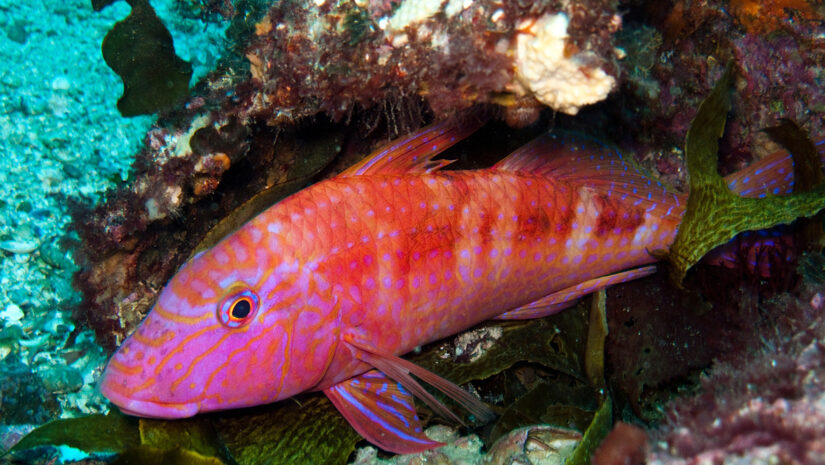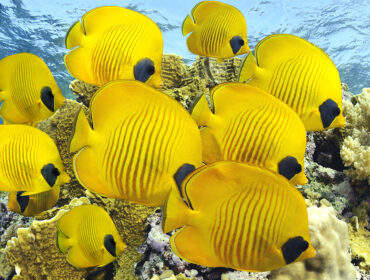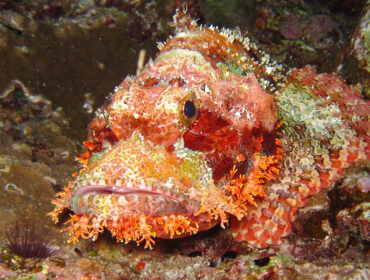In the second part of our fish Identification guide, we look at other visible fish anatomy characteristics, such as Barbels, Cirri, and fish mouth positions, which aid scuba divers or snorkelers in correctly identifying the species of fish they encounter.
Barbels
Barbels are whisker-like organs found near the mouths of certain fish. These sensory organs help the fish locate food in murky waters, acting as taste buds or nostrils. Most fish possessing barbells are bottom-dwelling fish. Catfish, carp, goatfish, and some sharks primarily hunt or scavenge for food in murkier waters, such as sea beds or lakes.
Cirri
Cirri are short bristle-like projections from the fish’s body, usually over the head, appearing like the eyelashes of the fish. They also perform a similar function to barbells.
Mouth Positions
The position of a fish’s mouth can tell you a lot about its feeding habits, living style, and behavior. A fish mouth type may be broadly divided into three categories: midwater (Terminal), Surface feeders (Superior), and bottom-feeders (inferior).
Superior
This kind of fish has an upturned, scoop-like mouth designed to feed on prey that swims above the fish or perhaps on the surface of the ocean or lake, such as insects or plankton. Surface-feeding fish usually have an undershot or upturned (superior) mouth for feeding on insects or floating prey. However, a superior mouth doesn’t automatically signify a surface swimming fish. Fish with this mouth position feed on food above them, either a predator or a strainer.
Inferior/ Sub-Terminal
Bottom-feeding fish generally have an underslung or inferior mouth. Ventrally oriented mouths or mouths under the fish head adapted for scavenging or grazing on algae, invertebrates, or mollusks are usually seen in fish such as catfish or flatfish like halibut or plaice.
Terminal
Fish with a terminal mouth position have a mouth in the middle or center of their head. These fish chase their food or feed on what is ahead of them. The terminal mouth position is considered the “normal” position, and most fish inhabiting the middle levels of the oceans or lakes possess terminal mouths.




